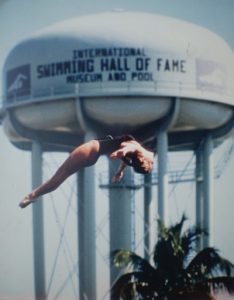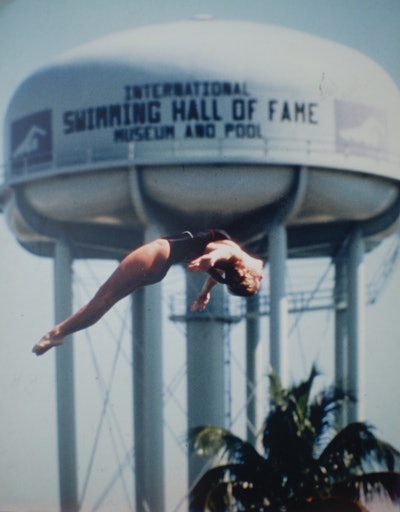Designers and builders need to be intimately familiar with the building codes as they relate to swimming pool construction. This is particularly true when creating concepts that could be potentially hazardous pool designs. Most state building and residential codes have adopted the ISPSC as “the code” for swimming pools for good reason.
Following ISPSC Can Help Prevent Hazardous Pool Designs
The ISPSC is broken down into sections. One that applies to all pools (Section 3), another to in-ground residential pools, another to commercial pools, etc. Since the introduction of the 2012 ISPSC, Section 323.3 has prohibited any obstruction that can cause entrapment or injury. It goes on to provide a few examples (not inclusive of all possible hazards) such as: wedge or pinch type openings and non-giving cantilevered protrusions.

What qualifies as a wedge or pinch type opening? Any gap where a bather may become wedged or pinched. These hazards are compounded when they are underwater, where they may trap a swimmer and result in a drowning. These openings may be from cantilevered steps, boulders, even a stainless steel ladder that hangs into a pool. To say it won’t happen, unfortunately, is wishful thinking. Swimmers have actually drowned by becoming caught between an SS pool ladder and the wall.
What is an example non-giving cantilevered protrusion? Think of a stone or concrete table on a concrete pedestal, surrounded by benches. A swimmer under the table, could easily panic and become trapped between the tabletop and bench. An underwater tunnel or rock work that hangs significantly over the water are other examples.
These details may seem cool in concept, they pose real and significant hazards to inexperienced swimmers who easily panic when they choke on water, run out of air, or resurface directly under an obstruction.
While state or local jurisdictions are only allowed to make the codes more stringent, they are not allowed to waive a code or standard that specifically prohibits a hazardous condition.
Why Follow ISPSC Guidelines?
The International Swimming Pool and Spa Code (ISPSC) is considered the gold standard in the pool industry due to its comprehensive, detailed, and safety-oriented approach to pool and spa construction and maintenance.
When embarking on a pool project, it is crucial to consider the International Swimming Pool and Spa Code (ISPSC) standards not only during the construction phase but also from the very beginning of the design process. Here’s why integrating ISPSC standards at the design stage is essential:
- Ensuring Feasibility and Safety: Integrating ISPSC standards early ensures that design concepts are both feasible and safe, preventing the creation of unsafe or impractical features.
- Streamlining the Approval Process: Adhering to ISPSC guidelines from the start simplifies regulatory approvals, reducing the need for revisions and accelerating project timelines.
- Avoiding Costly Revisions: Early compliance with ISPSC standards prevents expensive and complex modifications during or after construction, ensuring a smooth and cost-efficient project.
- Enhancing Functionality and User Experience: Designing with ISPSC standards ensures optimal water quality, efficient maintenance, and accessibility, leading to a better and more inclusive swimming experience.
- Future-Proofing the Design: Compliance with ISPSC standards helps future-proof the design, ensuring it remains relevant and safe as regulations evolve.
The ISPSC is developed by the International Code Council (ICC), a renowned authority in building safety and fire prevention. The code encompasses all aspects of pool and spa construction, including design, installation, operation, and maintenance. Its guidelines are meticulously crafted to address potential hazards, ensuring that pools and spas are safe for use. This thoroughness helps prevent accidents and injuries, making it a trusted standard among professionals.
A Uniform Set of Standards
The ISPSC provides a unified set of standards that can be applied nationwide and internationally. This uniformity is especially important for pool builders, designers, and inspectors, as it ensures that safety and quality are consistently maintained across different regions. This consistency helps to eliminate confusion and discrepancies that can arise from varying local codes, making the ISPSC a reliable and predictable framework for the industry.
The ISPSC covers a wide range of pool and spa types, including residential and public pools, spas, hot tubs, and aquatic recreation facilities. This broad scope ensures that the code addresses the unique safety and operational requirements of different types of installations. Whether dealing with a small backyard pool or a large public aquatic center, the ISPSC provides applicable guidelines to ensure safety and compliance while preventing potentially hazardous pool designs.
Photo Credits: Facebook Post – / Swimming Pool Expert Witness
The post Hazardous Pool Designs Can Cause Fatalities appeared first on PoolMagazine.com – Get The Latest Pool News.






